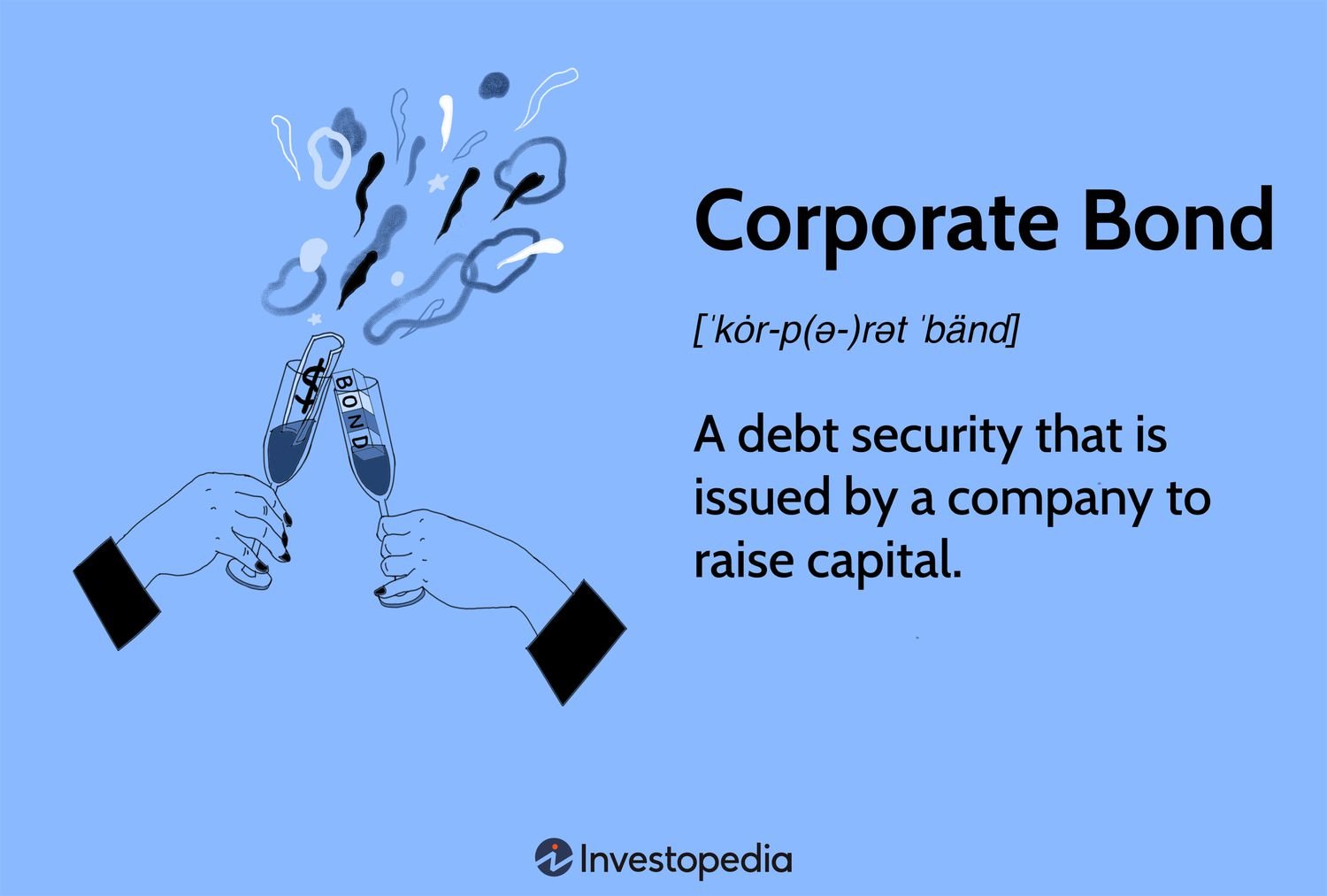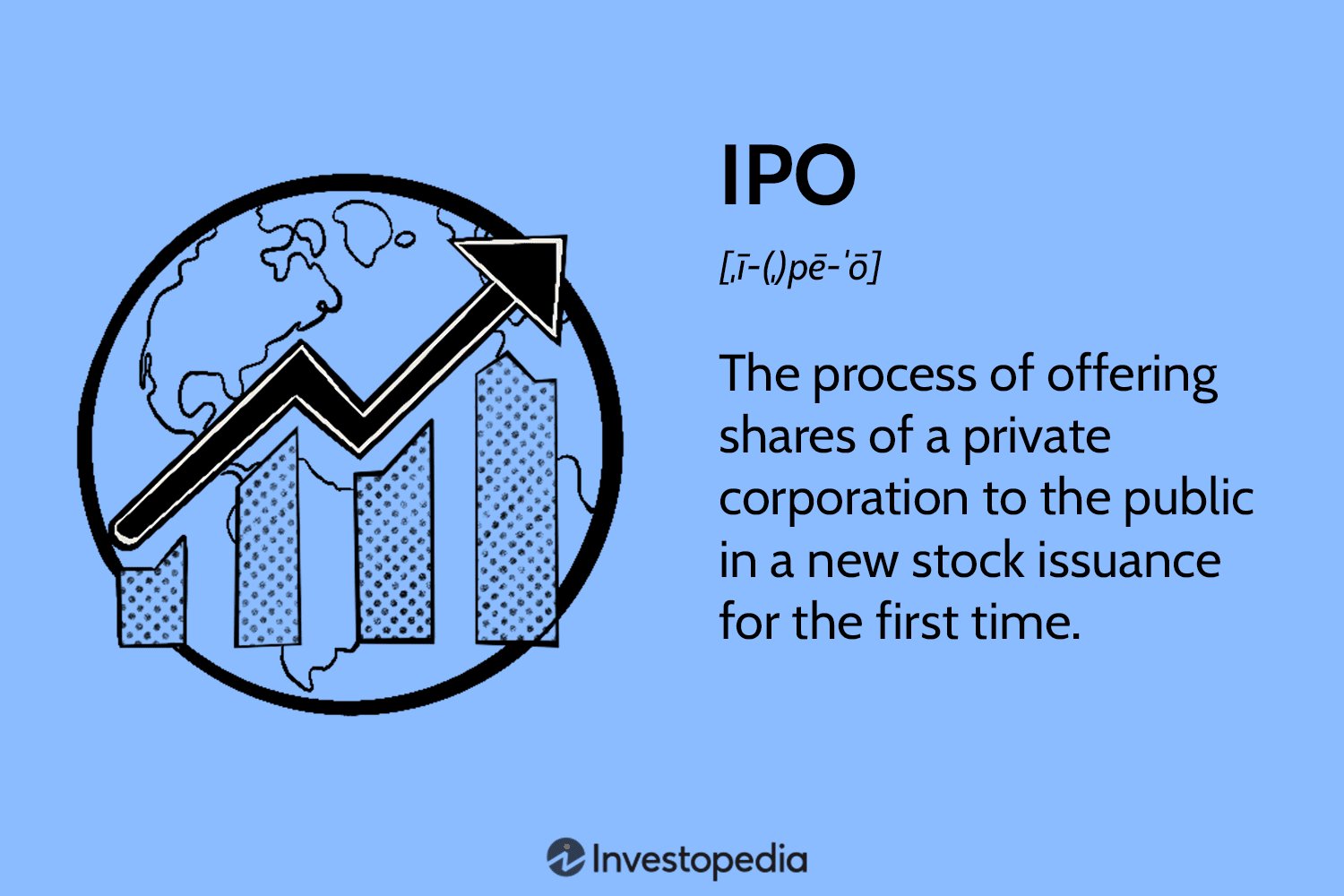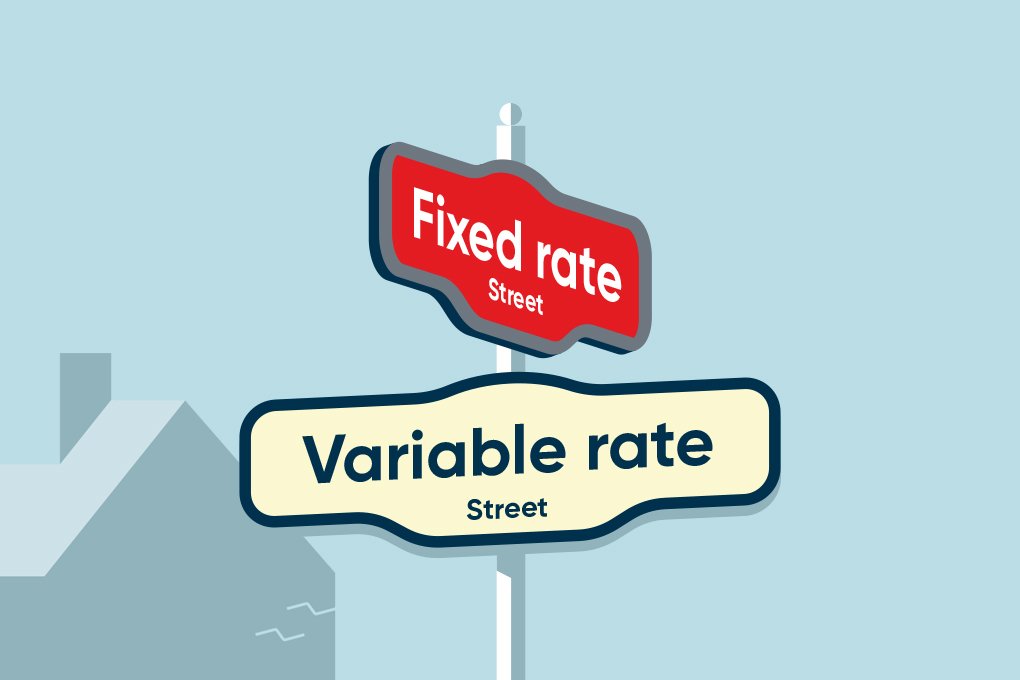Corporate bonds are an essential part of the financial world, yet many individuals find them mysterious and complex. If you’ve ever wondered about the basics of corporate bonds, you’ve come to the right place. In this article, we will break down and demystify the world of corporate bonds, providing you with a clear understanding of how they work and what factors to consider when investing. So, whether you’re a beginner looking for a comprehensive introduction or someone seeking to expand their knowledge, understanding the basics of corporate bonds is just a few paragraphs away. Let’s delve into the world of corporate bonds together.
Understanding the Basics of Corporate Bonds
Welcome to our comprehensive guide on understanding the basics of corporate bonds. Whether you’re new to investing or looking to expand your knowledge, this article will provide you with a solid foundation to navigate the world of corporate bonds.
What Are Corporate Bonds?
Corporate bonds are debt securities issued by corporations to raise capital. When you purchase a corporate bond, you are essentially lending money to the issuing company. In return, the company promises to make regular interest payments and repay the principal amount at maturity.
Here are some key terms related to corporate bonds that you should familiarize yourself with:
- Issuer: The company issuing the bond.
- Maturity Date: The date at which the bond reaches its full term, and the issuer must repay the principal amount.
- Coupon Rate: The interest rate paid by the issuer on the bond. It is typically expressed as a percentage of the bond’s face value.
- Face Value: The principal amount of the bond, which is the amount the issuer promises to repay at maturity.
Why Do Companies Issue Corporate Bonds?
Companies issue corporate bonds as a way to raise funds for various purposes, such as:
- Funding expansion projects
- Acquiring other companies
- Refinancing existing debt
- Investing in research and development
By issuing bonds instead of seeking bank loans or other forms of financing, companies can access a wider pool of investors and potentially secure more favorable interest rates. These bonds are attractive to investors seeking fixed income, as they provide regular interest payments throughout the bond’s term.
Types of Corporate Bonds
Corporate bonds can be classified into different types based on various factors. Here are a few common types:
Investment-Grade Bonds
Investment-grade bonds are issued by companies with strong credit ratings. These bonds are considered to have a lower risk of default and are typically perceived as safer investments. Investors often include these bonds in their portfolios to preserve capital and generate regular income.
High-Yield Bonds (Junk Bonds)
High-yield bonds, also known as junk bonds, are issued by companies with lower credit ratings. These bonds carry a higher risk of default but offer higher yields to compensate for the increased risk. Investors who are willing to take on more risk may choose to invest in high-yield bonds to potentially earn higher returns.
Convertible Bonds
Convertible bonds are a unique type of corporate bond that gives the bondholder the option to convert their bond into a predetermined number of the company’s common stock. These bonds offer the potential for capital appreciation if the company’s stock price rises significantly.
How Do Corporate Bonds Work?
Let’s walk through the lifecycle of a corporate bond to better understand how they work:
1. Issuance
The issuer, which can be a public or private company, hires an investment bank or underwriter to handle the bond issuance process. The underwriter helps determine the terms of the bond, including the coupon rate, maturity period, and face value.
2. Offering
Once the terms are finalized, the issuer offers the bonds to potential investors. Investors can participate in the bond offering by submitting orders through their brokers or directly through the underwriter.
3. Purchase
Investors who are interested in buying the bonds submit their orders along with the desired quantity. The underwriter allocates the bonds to investors based on their orders and the availability of the bonds.
4. Interest Payments
After the purchase, the issuer starts making periodic interest payments to bondholders. The frequency of these payments and the interest rate were determined during the issuance process. The interest payments provide bondholders with a consistent income stream.
5. Maturity and Repayment
At the end of the bond’s term, known as the maturity date, the issuer repays the bondholders the face value of the bonds. Bondholders receive the principal amount they initially invested, and the bonds become null and void.
Risks and Considerations
It’s important to note that investing in corporate bonds carries certain risks. Here are a few key considerations for investors:
Credit Risk
Credit risk refers to the risk of the issuer defaulting on its debt payments. Companies with lower credit ratings have a higher likelihood of defaulting and, therefore, pose a greater credit risk to bondholders.
Interest Rate Risk
Corporate bond prices are influenced by changes in interest rates. When interest rates rise, bond prices tend to fall, and vice versa. Investors need to consider the potential impact of interest rate fluctuations on their bond investments.
Liquidity Risk
Liquidity risk refers to the ease of buying or selling a bond without significantly impacting its price. Some corporate bonds may have low trading volumes, which can make it challenging to buy or sell them at desirable prices.
Market and Economic Conditions
Corporate bond prices can be influenced by broader market and economic conditions. Factors such as the overall health of the economy, industry-specific trends, and geopolitical events can impact bond prices.
Callable Bonds
Sometimes, corporate bonds may be callable, meaning the issuer has the option to redeem the bonds before their maturity date. This introduces the risk that bondholders may not benefit fully from potential interest rate declines.
Benefits of Investing in Corporate Bonds
Despite the risks, investing in corporate bonds offers several benefits. Here are a few advantages investors can gain:
Regular Income
Corporate bonds provide a predictable income stream through regular interest payments. This can be attractive to investors looking for stable cash flows.
Diversification
Corporate bonds offer an opportunity to diversify an investment portfolio. Adding bonds to a stock-heavy portfolio can help balance risk and potentially reduce overall volatility.
Potential Capital Appreciation
If interest rates decline or the issuer’s creditworthiness improves, the market value of existing bonds may increase. This can result in capital appreciation for bondholders if they decide to sell their bonds before maturity.
Relative Safety
Investment-grade corporate bonds are generally considered safer than stocks. Bondholders have a higher ranking in the issuer’s capital structure, providing a level of security in case of bankruptcy or liquidation.
Tax Advantages
In some jurisdictions, interest income from certain types of corporate bonds may be taxed at a lower rate compared to other investment income. Investors should consult with a tax advisor to understand the specific tax implications.
Understanding the basics of corporate bonds is essential for any investor seeking to diversify their portfolio and generate income. By grasping the fundamentals of corporate bonds, including their types, risks, and benefits, you can make informed investment decisions and develop a well-rounded investment strategy. Remember to carefully assess the creditworthiness of the issuing company and consider your risk tolerance before investing in corporate bonds.
How to Invest in Corporate Bonds
Frequently Asked Questions
Frequently Asked Questions (FAQs)
What are corporate bonds?
Corporate bonds are debt securities issued by corporations to raise capital for various purposes. When investors purchase corporate bonds, they are essentially lending money to the issuing company in exchange for regular interest payments and the return of the principal amount at maturity.
How do corporate bonds work?
Corporate bonds work by allowing investors to lend money to a company in exchange for regular interest payments and the return of the principal amount at the end of the bond’s term. The interest rate, also known as the coupon rate, is typically fixed. Investors can buy and sell corporate bonds in the secondary market before the bond’s maturity date.
What are the advantages of investing in corporate bonds?
Investing in corporate bonds offers several advantages. Firstly, they generally offer higher yields compared to government bonds. Additionally, corporate bonds can diversify an investment portfolio, provide regular income through interest payments, and offer the potential for capital appreciation if bond prices increase.
How are corporate bonds rated?
Credit rating agencies assess the creditworthiness of corporate bonds by assigning ratings based on the issuer’s ability to repay debt. Common rating agencies include Standard & Poor’s (S&P), Moody’s, and Fitch Ratings. Ratings range from AAA (highest credit quality) to D (default). Higher-rated bonds are considered lower risk, but also tend to offer lower yields.
What is the difference between investment-grade and high-yield corporate bonds?
Investment-grade corporate bonds are issued by companies with higher credit ratings (usually BBB- or higher). These bonds are considered lower risk and have a higher likelihood of being repaid. High-yield corporate bonds, also known as junk bonds, have lower credit ratings and higher risk of default. They typically offer higher yields to compensate for the increased risk.
What factors should I consider before investing in corporate bonds?
Before investing in corporate bonds, it is important to consider factors such as the issuer’s credit rating, the bond’s yield and maturity, the company’s financial health, and the overall economic outlook. Evaluating these factors can help assess the risk and potential return of the investment.
Can corporate bond prices fluctuate?
Yes, corporate bond prices can fluctuate in the secondary market. Factors like changes in interest rates, credit ratings, and market conditions can impact bond prices. When interest rates rise, existing bonds with lower yields become less attractive, leading to a potential decrease in their market value.
Are corporate bonds suitable for all investors?
Corporate bonds may not be suitable for all investors. Investors should carefully consider their risk tolerance, investment objectives, and time horizon. It is advisable to consult with a financial advisor who can assess individual circumstances and provide personalized investment advice.
Note: The above information provides a general understanding of corporate bonds and should not be considered as financial advice.
Final Thoughts
Understanding the basics of corporate bonds is essential for investors looking to diversify their portfolio. Corporate bonds offer an opportunity to invest in companies and earn fixed income, making them an attractive option for risk-averse investors. By purchasing a corporate bond, investors are essentially lending money to a corporation in exchange for interest payments and the return of the principal amount at maturity. It is important to consider factors such as credit ratings, yield, and maturity when investing in corporate bonds. With a clear understanding of these fundamentals, investors can make informed decisions and maximize their investment potential.



